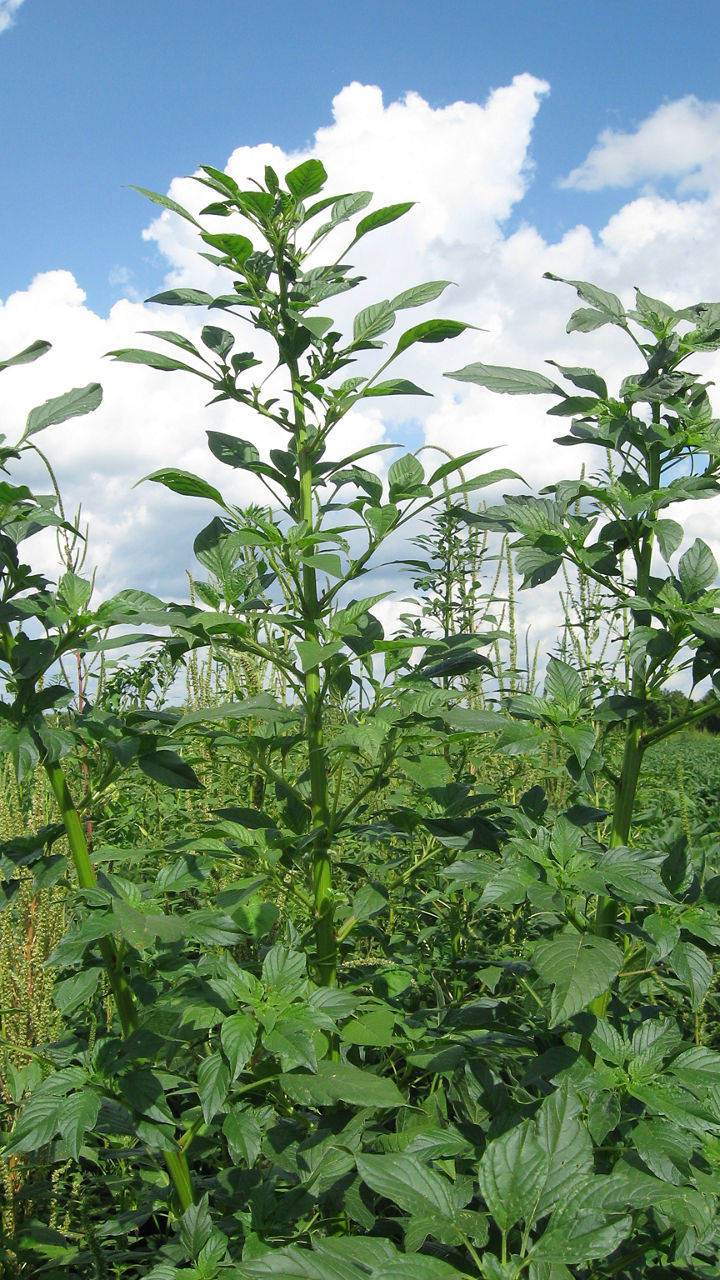5 MIN READ
Two-Pass Versus One-Pass Weed Control Programs in Corn
March 5, 2020
Weed management strategies have changed significantly as farmers are facing the challenge of herbicide resistance. Successful weed management strategies use an integrated approach of incorporating herbicide, mechanical, and cultural control tactics. As a component of herbicide management, the use of residual herbicides and different sites of action have become the cornerstones of successful sustainable herbicide programs. In most cases, these tactics are used in a two-pass herbicide scheme. Recent crop profit margins, however, are causing many farmers to re-evaluate many inputs including herbicide costs. Thus, many are considering a one-pass scheme, particularly if they are not dealing with herbicide-resistant weed populations, using conventional tillage, and planting a glyphosate-tolerant corn product.
Advantages of a Two-Pass Scheme
Field trials conducted over a three-year period compared variations in herbicide application schemes in a two-pass system in a glyphosate-tolerant corn product. A preemergence residual herbicide application followed by a late post application of glyphosate provided full-season weed control and was equal in yield to a weed-free plot. Additionally, the most effective and profitable weed management strategies included 2, two-pass systems: a sequential application of glyphosate and a preemergence residual herbicide and a late application of glyphosate. Additionally, the two-pass program that included a residual product had glyphosate stewardship benefits.1
A review of the corn herbicide trials conducted at the University of Missouri found that of 61 trials over an 11-year time period, 67% of the trials that consisted of a two-pass program that included a preemergent herbicide followed by a post-emergent herbicide provided the highest corn yields. A one-pass program that included a post-emergence application that contained a residual herbicide provided the highest corn yields only 28% of the time. Conversely, only 5% of the time did a one-pass pre-emergence program provide the highest corn yield.2
A study in Wisconsin found that when comparing results from 33 fields using either a one-pass or two-pass scheme, an average of 66% of the fields had yield increases with the one-pass scheme that outweighed the increased costs associated with a two-pass scheme.3
Can a One-Pass Scheme Work?
While the benefit of a one-pass program is the reduced costs for that production year, there is a higher risk of failure and, because of the possibility of reduced control, a possibility for a build-up in the weed seed bank for the following years. A successful one-pass program must include a herbicide or herbicide tank mix that can provide excellent control across a wide spectrum of weeds and control weeds until row closure that allows the canopy to shade the weeds, limiting their growth. Dry conditions after application of a one-pass preemergence herbicide program often lead to poor performance. A rule of thumb is that at least a half inch of water is needed to move the herbicide to the necessary depth to provide control of germinating weed seeds. While this risk can be reduced by an earlier application, widening the window for the necessary precipitation, it increases the time that the product must provide control.
The other challenge for a one-pass system is the extended emergence pattern of some weeds and the early emergence as well as the late emergence of other species. For example, giant ragweed populations across the eastern Corn Belt vary in the time necessary to reach 95% emergence; some biotypes achieve it in less than 20 days while others take almost 60 days.5 Palmer amaranth is well known for an extended emergence pattern, with some examples of germination extending from early May through mid-September.6 Delaying the herbicide application in the one-pass system to provide control of weeds later in the season runs the risk of early emerging weeds competing with corn early in the season, which can reduce yields by 5% if they are not controlled within six weeks of emergence.4 Reliance on a one-pass post-emergence application has the inherent risk of timing the application to provide the best control with the right environmental conditions to apply the herbicide.
Risks associated with a one-pass scheme can be reduced by selecting fields that are low in weed density and diversity, lack weed species with extended emergence patterns, and consistent scouting of the fields. Scouting allows the farmer to quickly adapt if the situation changes. It is recommended that scouting be prioritized for fields that have received a one-pass application during the 30 days after planting. This window should provide the farmer with the time needed to make adjustments and minimize economic losses.4
Sources:
1Soltani, N., Nurse, R.E., Gillar, C.L., and Sikkema, P.H. 2013. Weed control, environmental impact and profitability of two-pass weed management strategies in glyphosate-resistant corn. The Open Plant Science Journal. 7:31-38. https://benthamopen.com/contents/pdf/TOPSJ/TOPSJ-7-31.pdf
2Bradley, K. 2014. Two-pass corn herbicide programs are almost always the best. University of Missouri Extension. https://ipm.missouri.edu/IPCM/2014/3/Two-pass-Corn-Herbicide-Programs-are-Almost-Always-the-Best/
3Heider, D.J., Boerboom, C.M., and Proost, R.T. 2003. Wisconsin takes the two pass challenge. University of Wisconsin Nutrient and Pest Management. http://corn.agronomy.wisc.edu/Management/pdfs/L022_2_PASS.pdf
4Hartzler, B. 2020. Why two if one will do? Iowa State University Extension. https://crops.extension.iastate.edu/encyclopedia/why-two-if-one-will-do
5Hartzler, B. 2020. Giant ragweed emergence patterns. Iowa State University Extension. https://crops.extension.iastate.edu/encyclopedia/giant-ragweed-emergence-patterns
6Legleiter, T. and Johnson, B. 2013. Palmer amaranth biology, identification, and management. Purdue University Extension. https://www.extension.purdue.edu/extmedia/WS/WS-51-W.pdf
4012_S5
